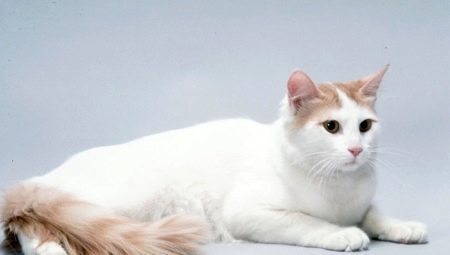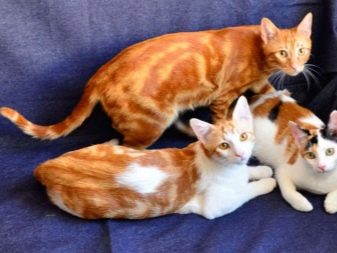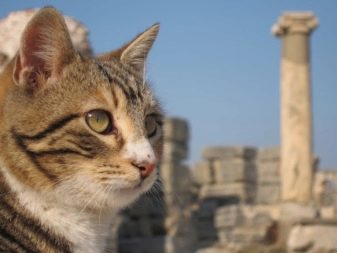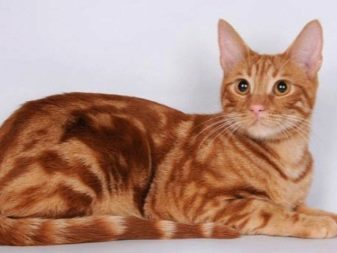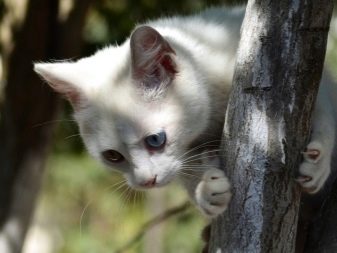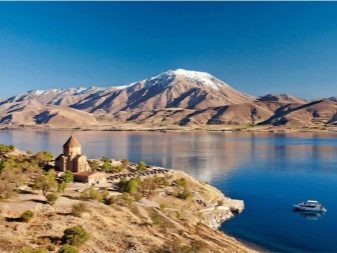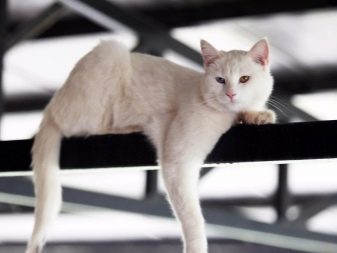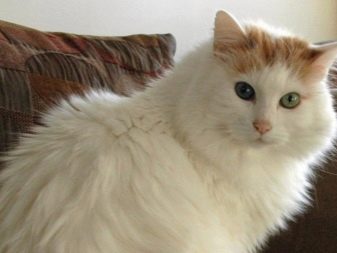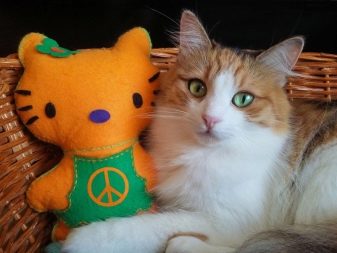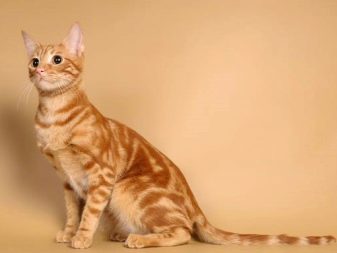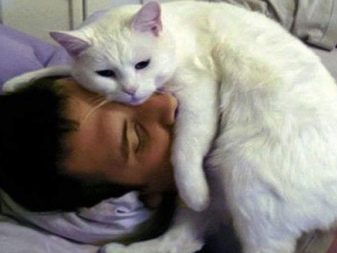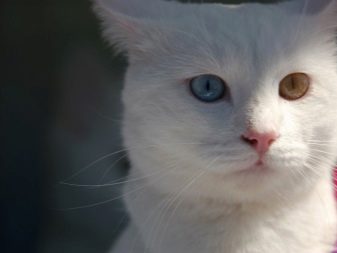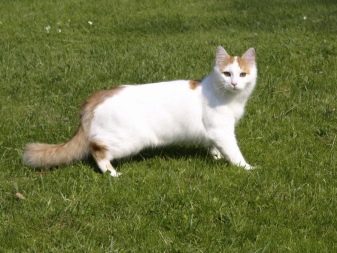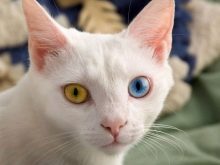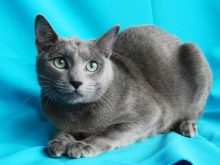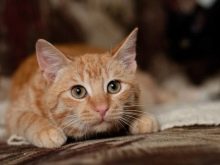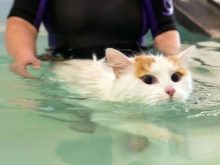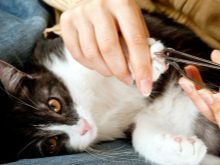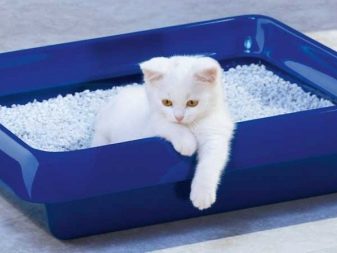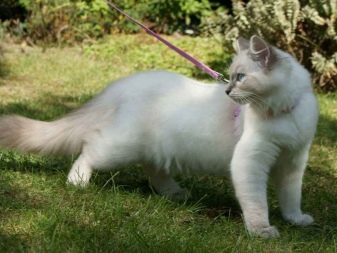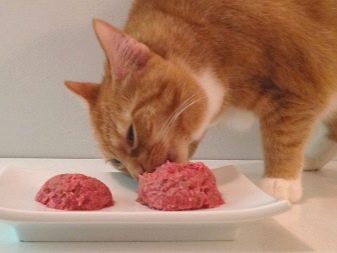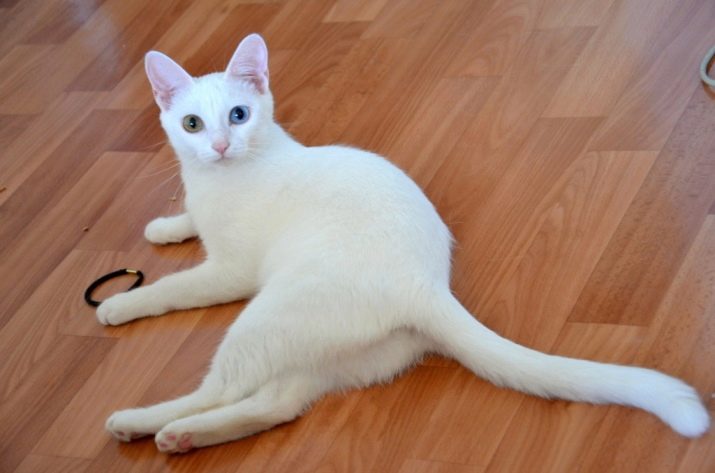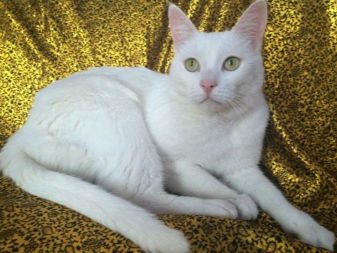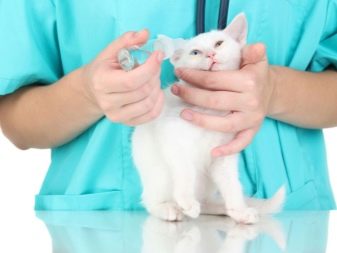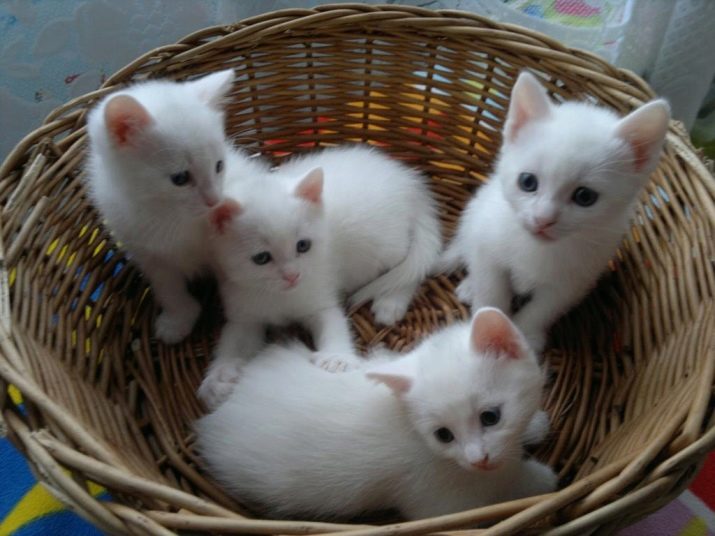The cat is perhaps the most popular pet, and for good reason. After all, it is surprisingly cozy, affectionate creation. If you are looking for a not too capricious and benevolent breed, pay attention to the Anatolian cat. It has long been in demand in many countries, including Russia. Perhaps, their appearance will seem ordinary to many, especially in comparison with the new original breeds, but their character, love for people is amazing. Otherwise, Anatolians are called Turkish cats, which they owe, of course, to their historic homeland.
History of origin
Anatolian cat was once a wild cat and led a free life in the east of Antalya. Pride for the origin of this breed is still peculiar to the Turks. Initially, the habitat of free cats was Lake Van, then there was a rather long chain of evolution and change, then the cat was domesticated. As a result of these processes, the Turkish breed was formed. In modern Turkey, quite a lot of wild cats of this breed, they fought off people and run wild. Nevertheless, purebred representatives are still very much.
The official recognition of the cat occurred in the mid-90s of the XX century, despite the fact that the Turkish cats have a very long history. At this exhibition, the breed made a strong impression on many European breeders, after which the Anatolian cat began its victorious march across different countries. Turkish Shorthair got into the list of pedigree representatives in 2000.
Description
The external features of this short-haired cat breed are not too remarkable:
- the size is average, the weight is variable - from 3 to 6 kg, depending on the gender, the males are naturally larger;
- the muscles are developed, the skeleton is extremely strong, therefore the type of cat is squat, stocky type;
- even kittens already have a strong build, grow very quickly, if they competently care for and feed them;
- outlines of the back straight type;
- pelvis smaller than the front of the torso;
- the neck is quite powerful, the tail and paws of a size adequate to the body are medium;
- triangular head, medium size;
- the muzzle has a pronounced chin and prominent cheekbones;
- the area of the head and ears has original pigmentation, which is divided by light stripes;
- ears are straight, high, with down inside, wide at the base, the ends are rounded;
- the eyes are very unusual almond-ellipsoidal shape, mow slightly;
- the hair is short, elongated on the tail, but not too long, the hair is harsh, thinned, crisp;
- wool perfectly repels water, so they do not need much time to dry;
- the undercoat is not very pronounced;
- the suit is allowed to be varied, with a blackout tail.
Character traits
First of all, the owners note such qualities of pets as cheerfulness, active behavior, they are very curious, they love to run and play. The character is extremely lively, playful at any age. They love to talk with the owners, so they become very loyal friends of the person and even family members. Water, these cats love that makes them stand out from the entire feline tribe, so they bathe with pleasure, especially as they dry out at an incredible speed.
It does not really matter how many families you have, the Anatolian people will take root in it, but you need to be prepared for the fact that they will choose one owner for themselves, whom they will obey.. With this person, they will spend almost all their time and will clearly give him preference in all situations.
Their chosen one will constantly contemplate a cat rubbing against its legs, purring, grumbling, jumping on its knees, waving its tail. Anatolian cats can frown, if you carefully follow their faces, you can notice it. The Anatolians meow in a special way, the sounds very much resemble a bird's cry or tweet, while their voice is not harsh, but soft, melodious, quiet.
Turkish shorthair cats are very smart, their intelligence is high. To teach them to go to the tray or perform some tricks, tricks is quite simple. They perfectly obey the commands and show zeal in training.
Cats can show their master that they have cause for concern. If your kettle is boiling, or you forgot to turn off the tap, the cat will find a way to report it.
Color options
According to the standards, the color of the Anatolian cat can vary, the range of allowable suits is quite wide: gray, white, red and others. At the same time there is an important feature, without which the cat will not receive a certificate - matching the color of the body and tail in favor of darkening the latter. The most common colors:
- Gray;
- the black;
- white;
- blue;
- redhead;
- tortoiseshell.
The variability of the colors, however, does not allow Siamese, chocolate or cinnamon color. In this case, the pigment can go in different ways: tabby, tricolor, bicolor. As for the color of the eyes, there is no color that would not be allowed by the standards, white cats most often have a different shade of eyes.
Conditions of detention
Cats, in principle, are able to keep themselves clean, this is one of the cleanest creatures in the animal world. Anatolian people are neat, so they always look beautiful, neat and beautiful. This does not mean that they do not need help with care. For the cat's appearance to be always spectacular, certain procedures are necessary.
- Brushing Although the wool is of short type, it should still be brushed weekly, especially during the shedding of wool. Use a special tool - a soft-type brush with frequent teeth. When an animal sheds, it is necessary to increase the number of combings.
- Water treatments. They bathe cats when the need arises, there are no strict rules, but no more than once a month. Since Turkish cats adore water and often ask to swim, it is necessary to proceed from their capabilities; you can swim more often if you have time. There are cats-Anatolians who are constantly ready to sit in the bathroom and jump to those who are going to take a shower.
- Cleaning the ears. This procedure is best done once every 2 weeks or more often with cotton wool discs, chopsticks and Chlorhexidine. Movement must be neat, thoughtful.
- Eye cleaning. Daily eye care is a must-have procedure. You need to clean it with a cotton wool disk, which is pre-wetted in warm water, tea brewing, herbal infusion, broth, eye care liquid - to choose from.
- Claws It is necessary to cut the claws about once or twice a month; this process cannot be started, since Anatolian people have very hard and fast-growing claws. The procedure is performed with scissors claws. In addition, make sure that the cat was where to sharpen claws. If this is not done, the interior objects will be used: sofa, carpets, armchairs, table or chair legs.
- Teeth. About a day or two later, it is necessary to clean the teeth of the pet with a special paste and brush. It does not require washing and is purchased either in pet stores or in vetaptekah.
Turkish cats willingly go to the tray, to which they quickly get used, it is not necessary to select it to the pet's tastes, any toilet of sufficient spaciousness will suit them. As for fillers, everything depends on your capabilities and desires.
The only recommendation is to buy a filler on paper or wood base for small Anatolians so that a randomly eaten pellet does not harm the kitten. The main thing is to change the filler regularly, otherwise the animal will start looking for other places.
Cats of this breed can and should be walked, as by nature they are very freedom-loving. Ideally, it is better to get such a cat to owners of private houses so that the pet can regularly walk in a fenced area. If you live in an apartment, you should take care of a special leash.
What to feed?
One of the most pleasant traits of the Anatolian cat's character is unpretentiousness in food, which was formed when they were free to live and to feed themselves. This cat is a predator by nature and knows how to get food, despite the fact that he has become domestic, these traits are ineradicable. If desired, cats can be fed with regular food or with special dry and other feeds. If you prefer a natural menu, then in the diet should include such products as:
- beef, turkey, boiled veal;
- boiled chicken;
- rabbit meat;
- cheese, cottage cheese;
- offal of various types;
- fish scalded with boiling water;
- boiled eggs;
- fermented milk products;
- porridges;
- boiled vegetables;
- occasionally raw meat.
The feline gastrointestinal tract perfectly digests natural products, while cats quite easily get used to different types of feed. Meat can not boil, freeze, and then pour boiling water. It is very important to water the animal in time, fresh water should be available around the clock, it needs to be changed every day, not allowing it to stagnate. It is better to organize feeding in such a way - kittens 5 meals a day, adult cats two meals a day.
Portions should be full, large. Sometimes it is necessary to conduct vitamin courses, including in the diet appropriate supplements.
Appetite, as a rule, is very good in healthy cats, but they are not prone to obesity - they move a lot and are very active by nature. Overfeeding does not threaten them, as they finish eating after saturation. If it is important for you to navigate by numbers, then an average of 30 grams of feed should fall on 1 kg of animal weight. Protein food should be 4 \ 5 of the total diet. At the same time carbohydrates and fats are necessary for cats. Both the animal and the owners are more comfortable if the cat is accustomed to a certain feeding time. Give him food at the same time, what is not eaten, you need to immediately remove.
What should be excluded from the diet completely:
- sweets, for example, candy or cookies, buns, chocolates;
- salty food, as well as seasoned flavored;
- fatty meats such as pork;
- fried food.
It should be remembered that for growing cats and adults a balanced diet is very important. If you are not indifferent to the health and development of the pet, you should take care of proper nutrition. If this is not time, it is better to opt for special feed, wet or dry. So you will save the cat from problems with the digestive tract, kidneys, urinary tract.
Health
Thanks to the ancestral genes, Anatolian cats are very strong and have excellent health, their immunity copes with parasites, viruses and infections. These troubles happen to them infrequently. And severe diseases especially rarely affect members of this breed. If you carry out competent care, the cat can live with you for more than 15 years.
If breeding is not included in your plans, it is better to pet unseel or sterilize. Sterilized after the animal is 8 months old, and preferably up to a year. The maximum age for this procedure is 2 years, after this milestone health problems may arise. Castration is carried out in the period from 10 months to 2 years. It is important to carry out these manipulations before the cat matures, and its habits will be formed. In addition, the younger the cat, the faster it will rise to its feet. Early surgery is also not recommended, otherwise it will cause developmental delay.
After the operation is done, you need to provide your pet with proper care to prevent possible complications. Trust your little friend only to a proven doctor, and after the surgery follow these rules:
- the cat needs rest, save the animal from noise;
- there is a danger that the pet will lick the seams too actively and they will disperse, so provide him with a special belt-blanket;
- food can be given only after 12 hours;
- check the condition of the seams daily, treat them with Chlorhexidine or peroxide;
- stay close, do not let us move too actively;
- You can give painkillers, if the veterinarian gave the go-ahead and indicated the dosage.
Urgently consult a doctor if the cat is unconscious for a long time, does not eat for more than three days, the seam is softened, festered.
For the purchase of an Anatolian cat you need to contact only verified breeders, in nurseries. Anatolians are bred in Greece, Germany, Holland, Ukraine, Belarus, Russia. There are no nurseries in our country, but there are quite a few breeders specializing in this breed.
More information about the intellectual abilities of Turkish cats can be found in the video below.
